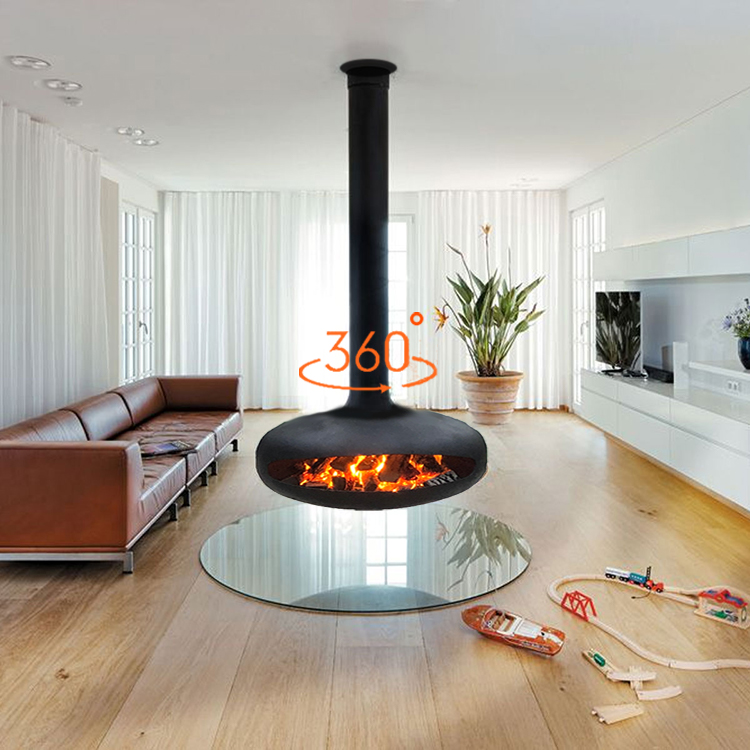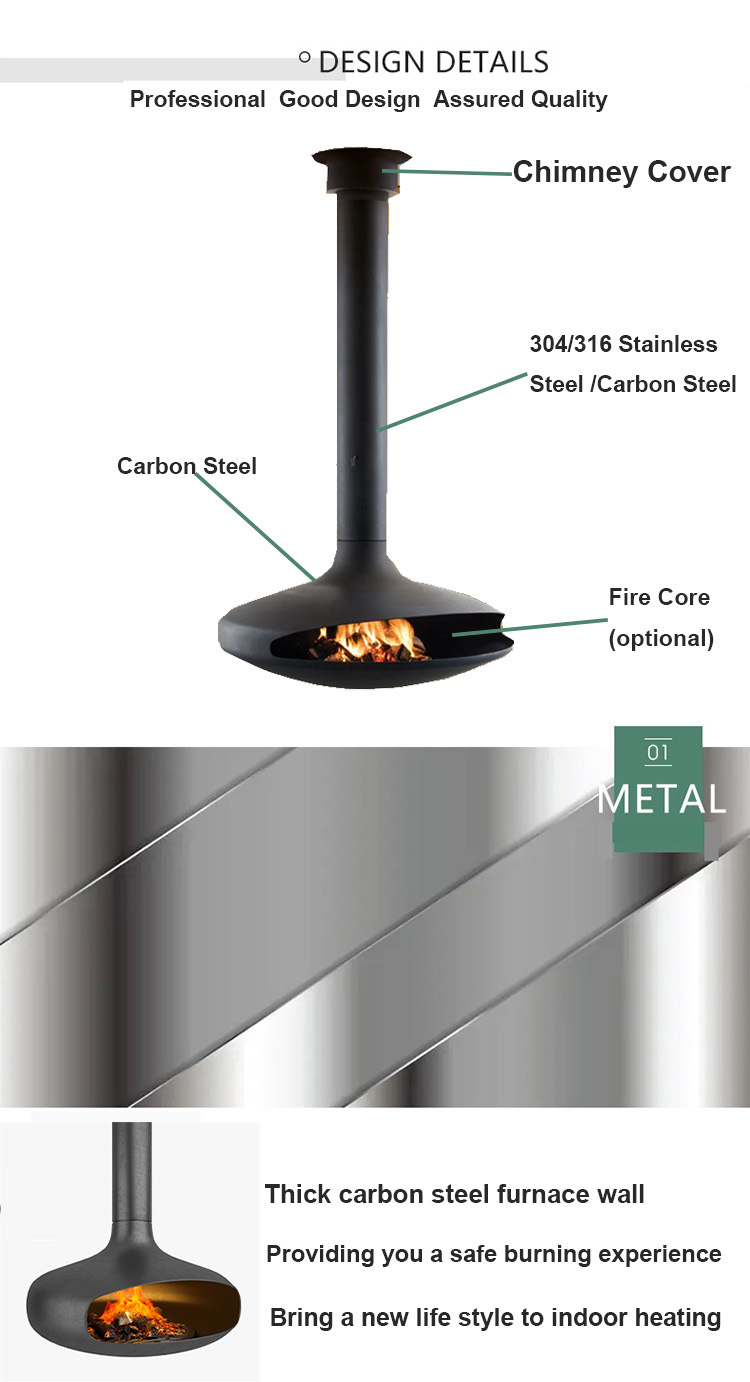The US Environmental Protection Agency's plan for environmental projects is a project that is jointly undertaken by companies, associations, and institutions, and is voluntary for cooperation. The considerations of environment and sequestration are used in business decisions. In the past century, ink manufacturers improved ink by reducing the volatile organic compound content (VOC), thus making the environmental improvements much easier. The Flexographic Printing Ink Society has a broader understanding of the environmental and health impacts of the chemical composition of the ink and has reached agreement on encouraging innovation and the use of cleaner, safer inks.
As a support to the flexographic printing industry, co-workers have been working to perfect a sophisticated scientific report flexographic ink option: a cleaner science alternative assessment (CTSA). This report was incorporated into the draft issued in the spring of 2000 and is a comparative evaluation of solvent inks, water-based inks, and UV-curable inks for wide-web, thin-substrate printing presses. It was developed for 45 ink formulations. The five aspects of ink performance, cost, energy, environmental protection and human health evaluation. This report provides information for the industry and can help it determine which ink is the cleanest. In the process of cooperation, there are quite a few views that the ink system has gradually increased among industrial groups including printing workers and ink manufacturers. The following are some common views related to the CTSA's understanding.
View: Solvent inks are more versatile than water-based inks and are better to use.
CTSA found: CTSA did not affirm that solvent inks must be more versatile than other inks. Studies have shown that each ink type performs well under certain conditions. No ink is suitable under all conditions and for flexo applications. The best performance. The performance of the ink system was performed on a wide-web, thin-bottom base printing machine with a clear low-density polyethylene (LDPE), white polyvinyl alcohol (PE/EVA), acetate copolymer, and clear acrylics. Copolymer (OPP). These observations were collected from the performance demonstrations made on the printing equipment of 11 volunteers and experiments in laboratories built with printing facilities at the University of Western Michigan. The 18 performance tests consider a variety of ink-substrate blends. Three of these tests: coating weight, gloss, and friction resistance are at the general level.
Coating weight refers to the weight of the thin layer of ink after drying on the substrate. It affects not only the physical properties of the final product, but also other performance and costs. In general, water-based inks have a higher coating weight than polyvinyl alcohol acetates and polypropylene derivatives than solvent inks, partly because water-based inks theoretically have a slightly higher solids content.
Gloss measurement reflects the light that a light source illuminates at an angle on the surface. It is related to the composition of the ink, the thickness of the ink layer, and the drying ability of the ink on the substrate and the substrate. Solvent inks (non-white) work best when tested on PE/EVA.
Finally, frictional resistance is the ability of the ink to rub against the substrate. Dry friction tests showed that all inks can retain 95% density. The wet friction test shows that water-based inks coated on LDPE are better than solvent inks. Therefore, it is recommended that printers do their own various ink-substrate combination tests to determine the best configuration for their requirements.
View: Water-based inks are safer than solvent-based and UV-curable inks. The use of solvent-based inks and UV-curable inks considers more of its flammability and workers' health problems.
CTSA findings: The water-based inks evaluated in the CTSA have different considerations regarding safety and worker health issues. However, printers should avoid the general classification of them as safe ink in all circumstances. Be aware that there is a certain chemical composition in each water-based ink formulation.
In the CTSA assessment, the basic ink has a flammability index of 0 (nonflammable material) to 3 (flammable liquids and materials that easily ignite under almost all normal conditions). The solvent ink composition has a flammability index of 3, and the UV-curable ink composition has a flammability index of 1 (preheating before ignition, and a flash point of 200F.
The indoor hanging fireplace is a modern, fashionable and practical ornament with many advantages. First, it has a unique design and can be hung on the wall, saving space and providing more flexibility. Secondly, the indoor hanging fireplace can add warmth and comfort to the interior space, in addition, it can also act as a unique focal point, adding to the visual appeal of the room.
Indoor hanging fireplaces have a wide range of uses. Whether in a family home, apartment, holiday home or commercial premises, it can be used to provide warmth and beauty. It is suitable for all kinds of interior Spaces such as living room, bedroom, office and dining room. Because of its unique design, it can be installed and moved as needed, making it ideal for people who rent homes or need to move frequently.
Carbon steel is one of the commonly used materials for indoor hanging fireplaces. Carbon steel has high strength, wear resistance and corrosion resistance, and can withstand high temperatures and long periods of use. It also has an elegant look that is able to match a variety of interior decoration styles. In addition, the carbon steel material also has good thermal conductivity, which can quickly transfer heat and make the room warm rapidly.


Hanging & Suspended FAQS
1:What are the benefits of a suspended fireplace?
First of all, it can become the focal point of interior decoration, adding beauty and modernity to the room. Its unique design and position hanging in the air make it a striking artwork that can be a highlight of a room. Second, hanging fireplaces can save space. Compared with traditional fireplaces, it does not need to take up floor space and can be installed on the wall or ceiling, making the room more spacious and tidy. In addition, hanging fireplaces burn more efficiently and can provide more heat, making the room more warm and comfortable. Finally, the hanging fireplace can provide 360-degree views, allowing people to enjoy the beauty of the flames from different angles, enhancing the viewing.
2:Can my floating fireplace be wood-burning?
Yes, your floating fireplace can be wood-fired. You may choose to install a wood-burning fireplace so that wood is burned in the fireplace to generate fire and heat.
3:Can a central suspended fireplace be gas-fuelled?
Central hanging fireplaces can use natural gas as fuel. This type of fireplace usually has a modern design and can be hung in the center of the room. The use of natural gas fuel can easily control the size and temperature of the flame, and does not produce smoke and dust. At the same time, natural gas fuel is more environmentally friendly, does not produce carbon dioxide and other harmful gas emissions.
4:What is a ceiling suspended fireplace?
A hanging fireplace is a type of fireplace that is mounted on the ceiling. Unlike traditional fireplaces, hanging fireplaces do not need to be placed on the ground or fixed to the wall, but are suspended through a suspended ceiling. This design allows the fireplace to be more flexible in any location, whether in indoor or outdoor Spaces.
5:What is a wall-hanging fireplace?
A wall fireplace is a type of furnace mounted on a wall. It is usually made of metal and can be hung on the wall without the need for floor space. Wall mounted fireplaces use electricity or gas as fuel to generate warm air through heaters and fans. They usually have adjustable flame effects and temperature control functions that can be adjusted according to personal preferences and needs.
6:Why is carbon steel used for hanging fireplace?
Carbon steel is often used in the production of hanging fireplaces, mainly for the following reasons. First of all, carbon steel has good strength and durability, and can withstand the weight of the fireplace and the pressure of long-term use. Secondly, carbon steel has good thermal conductivity and can quickly conduct the heat in the furnace, so that the fireplace can quickly heat and provide a warm environment. In addition, carbon steel also has the characteristics of high temperature resistance, can withstand the heat and flame generated by high temperature combustion inside the fireplace, to ensure the safe operation of the fireplace. Finally, carbon steel has a lower cost and is relatively economical, making the production cost of hanging fireplaces more manageable.
7:Can I customise my suspended fireplace?
Of course you can customize your hanging fireplace! Custom fireplaces can be designed according to your preferences and home style. You can choose the size, shape, material and color of the fireplace to ensure that it blends perfectly with your room. In addition, you can also choose accessories for the fireplace, such as charcoal fire effects, temperature regulators and remote controls, etc., to increase the function and convenience of the fireplace. Custom fireplaces can meet your individual needs and bring warmth and comfort to your home.
8:How much does it cost to install a suspended fireplace?
The cost of installing a hanging fireplace varies depending on a number of factors, including the make, model, and material of the fireplace, the location and requirements of the installation, and the labor costs of the location. In general, hanging fireplaces usually cost between $1,000 and $5,000, not including installation costs. Installation costs are usually on a case-by-case basis and additional labor costs may be required. Therefore, it is best to consult a professional fireplace installation service provider to get an accurate quote.
9:How do I maintain a hanging fireplace?
A wall-mounted fireplace is a unique heating device that requires regular maintenance to ensure its proper operation and safety. Here are some tips for maintaining a wall-mounted fireplace:
1. Clean the casing: Clean the fireplace casing regularly to remove dust and dirt. You can use a soft cloth or vacuum cleaner to clean, avoid the use of chemical cleaners, so as not to damage the fireplace surface.
2. Clean glass doors: Wall mounted fireplaces usually have glass doors that need to be cleaned regularly to maintain transparency. Use a special fireplace glass cleaner, clean according to the instructions, and avoid scratching the glass with rough materials.
3. Check the combustion chamber: Check the combustion chamber of the fireplace regularly to ensure that no excessive ash or debris has accumulated. If you find a buildup, you can use a small brush or vacuum cleaner to clean up.
4. Check the flue: Check the flue of the fireplace regularly to ensure that it is unimpeded. If accumulation or blockage is found, it should be cleaned up in time to ensure smooth exhaust gas.
5. Regular maintenance: Regularly ask professionals to maintain and overhaul the fireplace. They can perform more in-depth cleaning and inspection to ensure that the various components of the fireplace are functioning properly.
Indoor Fireplaces,Wood Burning Stoves,suspended fireplace,Wood Burning Fireplaces,Modern Fireplace
Henan Jinbailai Industrial Co.,Ltd , https://www.jblfirepits.com